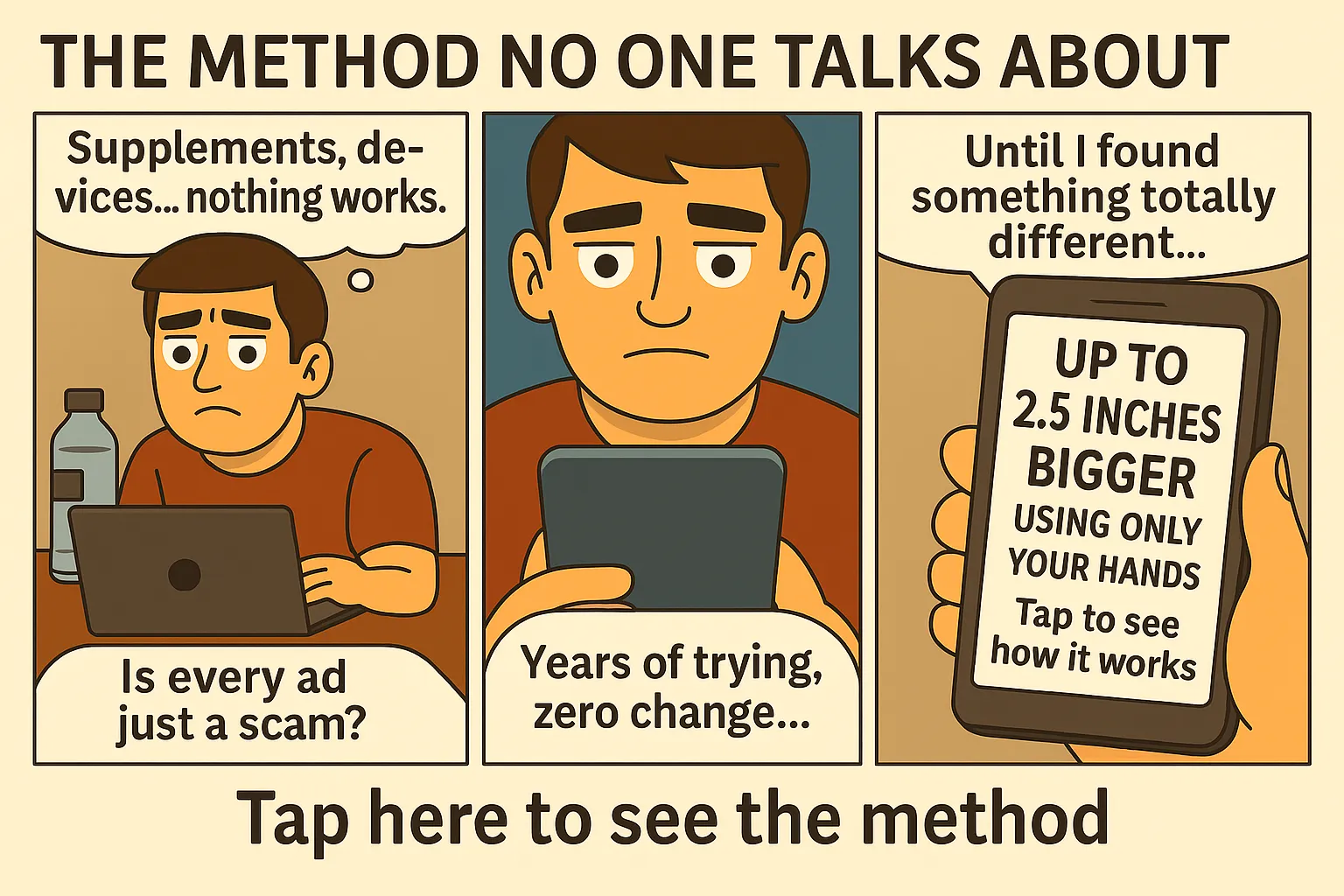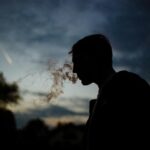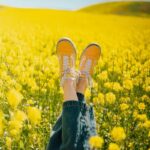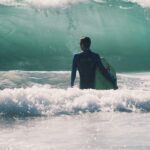Unlocking Eye Power: How to Make Your Eyes Look Better in Every Photo
Eyes are often the first thing people notice in a photo. They reveal your confidence, emotion, and charisma—if you know how to use them. When it comes to eyes look better photos, small tweaks in lighting, angle, and expression can completely change your presence on camera.
Why Eye Contact Is Everything
Direct eye contact in photos creates instant connection. Whether it’s a selfie, portrait, or dating profile picture, powerful eye presence makes you look more trustworthy, magnetic, and confident. Eyes that look dull or unfocused weaken the entire image—even if everything else is perfect.
Lighting: The Secret to Eye Depth
To make your eyes pop, you need light that reflects in them. That’s what creates the captivating sparkle known as a “catchlight.” Natural light works best—stand facing a window or shoot outdoors during golden hour.
Avoid Harsh Shadows
Shadows over the eyes can make them look tired or smaller. Raise your light source slightly above eye level to brighten your gaze without flattening it.
Angles That Enhance Eye Shape
Your angle affects how open and sharp your eyes appear. Tilt your head slightly and lower your chin to lift your brow line. This naturally opens your eyes and gives a more alert, intense look.
Use the “Smize” Technique
Popularized by models, the smize (smiling with your eyes) adds emotion and depth. Relax your mouth and focus your energy into your gaze. It should feel like you’re thinking something mischievous or confident—it shows.
Brows Frame the Eyes
Your eyebrows are the border of your eyes. Clean them up. Whether it’s a full brow or a tight trim, they should look intentional, not wild. Brush them upward and use a touch of grooming gel if needed.
Balance Symmetry
Asymmetrical brows or droopy eyelids can throw off the balance of your photo. Train your expression by practicing in front of a mirror. Slight tension in your forehead and brow muscles lifts and centers your eye shape.
Eye Color Enhancement Tricks
Want your natural eye color to stand out more? Use clothing and background colors that contrast your eye tone:
- Blue Eyes: Earth tones, browns, and soft orange light up blue hues.
- Green Eyes: Deep purples, wine red, and charcoal tones bring them alive.
- Brown Eyes: Light blue, teal, and soft pastels add clarity and contrast.
Match Your Shirt to Your Eyes
It sounds simple, but it works. A shirt or jacket that complements your eye color makes your entire photo feel more put together—and the eyes become the center of attention.
Reduce Eye Puffiness and Redness
No filter can save eyes that look tired. Use a cold compress or ice roll before your shoot. Eye drops can eliminate redness. Get good sleep the night before and avoid alcohol or excess salt.
Bonus: Use a Highlight Pencil
If you’re going full pro, use a nude highlight pencil on your lower waterline. It makes your eyes appear whiter and more open. It’s a subtle trick used in high-end photoshoots—and it works.
Posture and Eyes: The Hidden Connection
Your posture affects your facial expression, including your eyes. If you’re slouched, your eyelids droop. Straighten your spine, pull your shoulders back, and lift your chin slightly. You’ll notice your eyes open up, adding energy to the shot.
Use Body Tension to Sharpen Your Gaze
Before the camera clicks, engage your core slightly and clench your jaw gently. This subtle tension lifts your facial structure and adds focus to your eyes. You’ll look stronger, more alert, and more masculine.
Lens Distance and Eye Proportion
When a camera is too close, it distorts your features—especially the eyes. Step back slightly and use zoom instead of moving the camera closer. This keeps your eye shape natural and proportionate.
Use a 50mm Lens Equivalent
If you’re using a DSLR or mirrorless setup, a 50mm lens offers the most natural representation of facial features. It keeps your eyes at their real proportions, which looks best in portraits.
Emotional Control = Eye Control
Want to master your eye expression? Practice emotional shifts in front of a mirror. Try confidence, seduction, curiosity, amusement. Each creates different tension and shape in your eyes. Learn to trigger them on demand.
Think Before You Shoot
Before the photo is taken, think of a specific phrase like “I’ve got this” or “you want this.” That thought will reflect subtly in your eyes—and people will feel it.
Facial Hair and Eye Focus
A clean, shaped beard or stubble can frame your lower face and draw more attention upward—toward your eyes. Just make sure it’s balanced. Too much bulk under the chin can drag the focus down.
Match Eye Power with Jaw Definition
If you’re sporting facial hair, make sure it’s tight along the cheeks and sharp along the jaw. The contrast between dark hair and white eyes creates an intensity that makes your gaze more striking.
Filters vs. Natural Eyes
It’s tempting to use filters that enlarge or enhance eyes—but in most cases, they make you look fake or animated. Instead, use light, focus, and angle to bring out your natural features. Keep it real and masculine.
Sharpen in Post, Not Fake It
If you edit photos, gently increase sharpness around the eyes only. Avoid blurring skin too much or whitening the sclera unnaturally. Keep the photo human, not plastic.
Style Choices That Boost Eye Power
Your entire look affects how strong your eyes appear. Wear clothes with simple necklines, solid colors, and minimal distraction. Avoid bright patterns near the face—they steal attention from your eyes.
Less Distraction = More Eye Contact
The simpler the frame around your eyes, the more powerful your gaze becomes. Think of it as framing a painting—everything around the eyes should lead toward them, not compete with them.
To sharpen your full appearance, explore beard styles that amplify facial strength or upgrade your selfies with selfie strategies that boost presence.
Frontal vs. Angled Shots: Eye Strength in Perspective
Straight-on photos can flatten the eyes if not lit well. Shooting at a slight angle—where one eye is closer to the lens—adds depth and drama. Try turning your head 10–15 degrees from center to get a stronger, more engaging eye expression.
Look Past the Camera
Instead of staring directly into the lens, try looking just beside it. This trick creates a more candid, mysterious vibe while still engaging the viewer. Your eyes appear thoughtful and expressive without feeling staged.
Fix These Common Eye Mistakes in Photos
If your eyes look weird in pictures, chances are you’re doing one of these:
- Wide-eyed stare: Looks scared or surprised. Relax your lids and squint slightly.
- Droopy lids: Can look tired. Raise your brow muscles subtly before shooting.
- Looking at the screen instead of lens: Causes a disconnected, blank expression.
- Overusing filters: Makes eyes look artificial and erases authentic emotion.
Train Expression, Not Just Poses
Your eye game improves with repetition. Practice micro-movements: raising brows, relaxing eyelids, soft focus vs. intensity. You’ll build control over how your eyes look in any setting.
How Emotions Shape the Eyes in Photos
Photos don’t just capture looks—they capture energy. Sadness, insecurity, or doubt all show up in your eyes. So does pride, lust, or power. Before stepping in front of the camera, adjust your internal state.
Get in State First
Play a song that pumps you up. Remember a confident moment. Stand tall. The energy in your eyes will follow. This technique is used by models, performers, and public speakers for a reason—it works.
Mirror Practice: The Fastest Way to Master Your Eyes
Ten minutes a day in the mirror can completely transform how you use your eyes in photos. Try different expressions, angles, and lighting setups. Watch how subtle changes in emotion or posture change your entire presence.
Record and Analyze
Take selfies or short videos and study the results. Which eye expression feels natural? Which one grabs attention? Treat this like training—because it is.
Final Takeaway: Your Eyes Reflect Everything
If your goal is to make your eyes look better in photos, remember this: it’s not about fake effects or oversized filters. It’s about light, angles, emotion, and practice. Your eyes are already powerful—you just need to unlock them.
Continue your visual evolution with skincare strategies and style tips that enhance eye presence.
Low Light and Night Photos: Make Eyes Stand Out
Photos taken in low light or nightlife settings often blur or hide your eyes. But with the right prep, you can still dominate the frame. Use warm lights (like lamps or candles) placed at eye level to create glowing shadows. They make eyes appear deeper and more expressive.
Use Contrast to Your Advantage
In darker settings, wear lighter colors around the neckline. This contrast pulls focus upward—toward your face and eyes. Combine that with a strong jawline and your eye contact becomes irresistible.
Sexual Energy and Eye Dominance
There’s a reason confident men have intense eyes in photos. It’s not just lighting or symmetry—it’s inner power. Sexual energy, when channeled, makes your eyes look charged. It’s primal, magnetic, and can’t be faked with filters.
Tap Into It Before the Photo
Think of a sexual fantasy, a dominant moment, or a bold desire. Let that thought fill your chest and rise into your gaze. The camera will catch that fire—and people will feel it even if they don’t know why.
You Don’t Need Perfect Eyes—You Need Presence
Whether your eyes are small, deep-set, hooded, or asymmetrical, it doesn’t matter. What matters is what you project through them. When you understand how to control expression, posture, and lighting, any man can make his eyes look better in photos.
Want to go beyond your gaze and command full masculine presence? Start building it from within here.
Don’t stop now—enhance your full image with stronger beard styles or next-level selfie techniques.
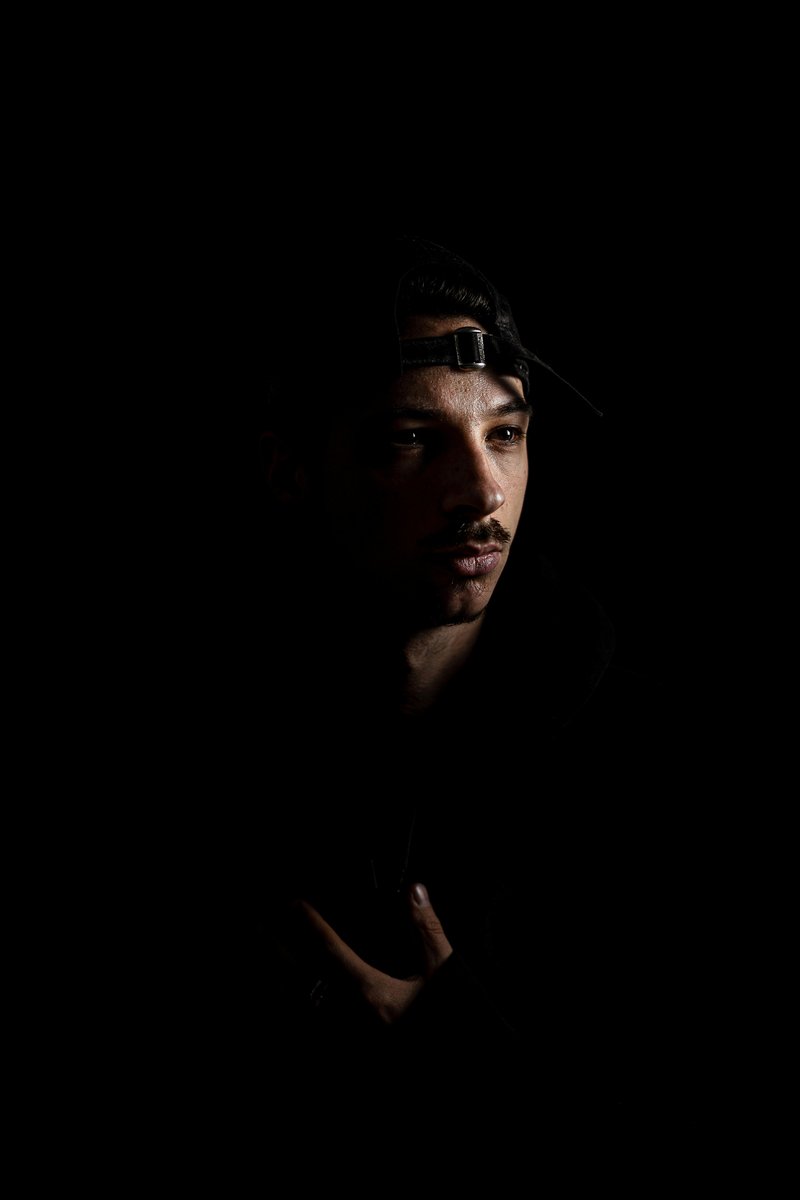 How to Make Your Eyes Look Better in Photos (No Filters Needed) – strength and sexual wellness theme – via supremepenis.com
How to Make Your Eyes Look Better in Photos (No Filters Needed) – strength and sexual wellness theme – via supremepenis.com

